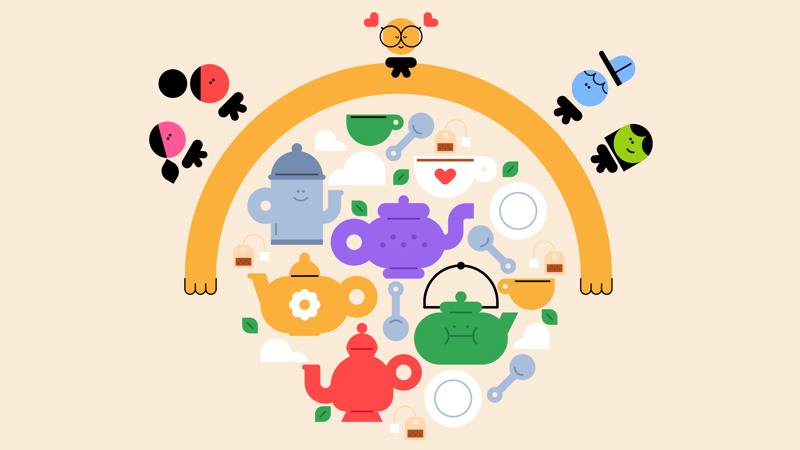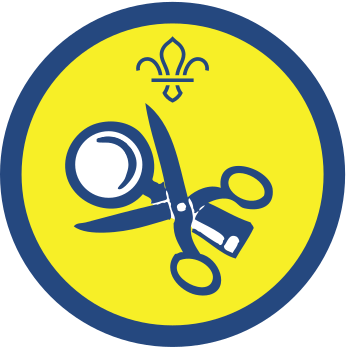
Clued-up collections
You’ll need
- Pens or pencils
- Erasers
Before you begin
- Give everyone a ‘Collector parent and carer letter’ to take home. These let families know what’s going on, and help them to support their young people.
Introduce collections
- Everyone should sit in a circle. The person leading the activity should explain what a collection is, and give some examples. For example, people collect things including stamps, coins, or stickers as it’s fun to find new things and watch a collection crow.
- The person leading the activity may be able to show everyone a collection that belongs to one of the grown ups.
- The person leading the activity should ask if anyone has a collection – but they shouldn’t let anyone tell people what they collect.
- Everyone should work together to come up with a big list of things people may collect.
- Everyone should think about something they’d like to collect (or a collection they’d like to continue with). They should keep their idea to themselves; they shouldn’t share it with anyone else.
The next five meetings
- The person leading the activity should give everyone a ‘Clued-up collections activity sheet’, and everyone should put their name on it.
- Each week, everyone should share a clue about their collection with everyone else. They shouldn’t tell everyone what they’re collecting, even if people guess it right.
- Once people have an idea about what one of their friend’s collections is, they should write their friend’s name, and their idea, on their ‘Clued-up collections activity sheet’ in pencil.
- Each week, everyone should share a new clue. Everyone can rub out their answers and change what they’ve written on their sheets if they want to.
- On meeting five, the person leading the game should remind everyone to bring their collections the next time they meet. People should cover them, or bring them in a bag, so others can’t see what they are, and every collection should be named.
Share the collections
- As everyone arrives, they should put their collections on tables, keeping them covered.
- Everyone should gather in a circle. People should take it in turns to tell the group the final clue about their collection. Everyone should write their final guess on their activity sheet.
- Everyone should visit each collection and the owner should reveal what they’ve been collecting. People should note on their sheets whether they guessed right or not. The owner should say a few words about their collection, why they collect it, and how they went about it.
- Once everyone’s seen all of the collections, everyone should collect what belongs to them and pack it away.
Reflection
This activity was a chance for everyone to build friendships by listening and learning about each other’s collection. Did anyone see a collection they found interesting? Why is it nice to find out about other people’s interests? Finding out about what someone’s interested in helps people to understand each other more and become better friends.
People also had to communicate carefully to give their friends enough information to guess, without revealing what the collection was until the last week. Did anyone find it tricky to come up with clues? What did they do if they did? Did anyone guess anyone’s collection from the clues? Was anyone surprised by what someone else collected? Sharing things with other people needs confidence – well done to everyone who gave sharing a go, and to everyone who listened carefully.
Safety
All activities must be safely managed. You must complete a thorough risk assessment and take appropriate steps to reduce risk. Use the safety checklist to help you plan and risk assess your activity. Always get approval for the activity, and have suitable supervision and an InTouch process.
Risk assess the collections before they’re used for the activity, just in case any aren’t suitable.
You can help people come up with clues, or with ideas for what to collect. People could research interesting facts about what they collect, to make tricky clues.
Make it accessible
All Scout activities should be inclusive and accessible.
Why not create a story about your collection? You could talk about where each item has been, what it does, or how it could go on an adventure.
Some people may want to carry on with their collections as part of the Activity Plus Badge. Maybe they could find out more about the items they’re collecting and hold a gallery or museum day where they invite their friends and family for an exclusive tour of their collection.
Everyone chooses their own collection.
